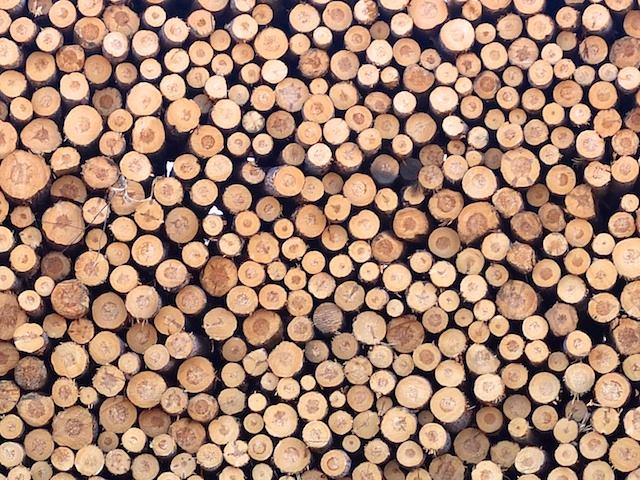A study released March 27 by ForestEdge and Wood Resources International forecasts that U.S. softwood lumber demand will grow at an annual rate of 2.3% through 2030, a faster rate than the report’s projection of real GDP.
The study’s Base Case demand scenario suggests that U.S. lumber consumption will reach an all-time high by 2030.
A detailed analysis of the future consumption of softwood lumber in each of the five end-use categories (residential housing, repair & remodeling, non-residential construction, material handling and other) reveals that the category “Non-Residential Construction” will grow at the fastest rate and will increase its share of the total softwood lumber usage from just over 11% in 2016 to almost 14% by 2030. Lumber consumed by the residential housing sector, including repair and remodeling, will continue to account for the almost 70% of the end-use market.
At an estimated softwood lumber production cost of less than US$200 per cubic meter in 2016, the U.S. South is one of the lowest-cost suppliers of softwood lumber to the U.S. market. This, combined with a significant “overhang” supply of softwood sawtimber as a result of the Global Financial Crisis in 2008-09 and a mature plantation resource, is expected to continue to facilitate a major expansion of sawmill capacity in the region.
The Canadian lumber producers market share in the U.S. is expected to decline in the coming years, with the biggest reduction occurring between 2017 and 2025. The outlook for available log supply to the sawmilling sector will be different in the two major lumber-producing regions in Canada, with harvest levels falling substantially in British Columbia over the next 10 years.
Overseas supply of lumber to the U.S. is forecast to increase both in volume and market share by 2025, followed by a decline until 2030. Based on the study’s lumber supply curve analysis, the major supplying regions are likely to include Brazil, Chile, Germany and the Nordic countries. In the study’s High Demand Scenario, which projects a very strong rebound in housing starts, R&R and non-residential construction, overseas supply will be crucial and reach a market share of over 10 % by 2030.
After nearly two decades of real price declines of sawlogs in North America and elsewhere, the combination of a rebounding U.S. softwood lumber demand, constraints on log supply and export production in Western Canada, and continued strong demand for softwood lumber from markets in Europe, Asia and the Middle East/North Africa region, is expected to push conifer log prices higher in real U.S. dollar terms in many timberland investment regions by 2030.


